If you’ve ever dreamed of a garden that bursts with color in every season — from spring’s soft pastels to winter’s vibrant berries — the secret lies in flowering shrubs. These hardy, reliable plants bridge the gap between trees and perennials, offering structure, fragrance, and, most importantly, year-round color.
Unlike annuals that fade away after one season, flowering shrubs are the true backbone of any landscape. They provide a continuous cycle of blooms, foliage, and even decorative fruit, ensuring there’s always something beautiful to admire in your garden.
Here’s a detailed guide to six stunning flowering shrubs that thrive in most climates and bring vibrant hues throughout the year.
1. Camellia — Winter’s Elegant Bloom
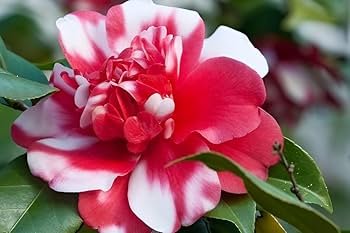
Color season: Late fall to early spring
Hardiness zones: 7–10
When most of the garden lies dormant, Camellias step into the spotlight. With their glossy evergreen leaves and rose-like blossoms, these shrubs bring elegance and life to winter landscapes.
Camellias come in shades of white, pink, and deep red, and some varieties like Camellia japonica and Camellia sasanqua can even bloom from October through March.
Why it’s perfect for year-round color:
- Evergreen foliage stays lush all year.
- Blooms during the coldest months, when few other plants do.
Care tips:
- Plant in partial shade and well-drained, acidic soil.
- Water deeply during dry spells, especially in summer.
- Mulch with pine needles or compost to retain moisture and acidity.
Bonus tip: If you live in a cooler climate, grow camellias in large pots that can be sheltered during hard freezes.
2. Hydrangea — The Summer Showstopper
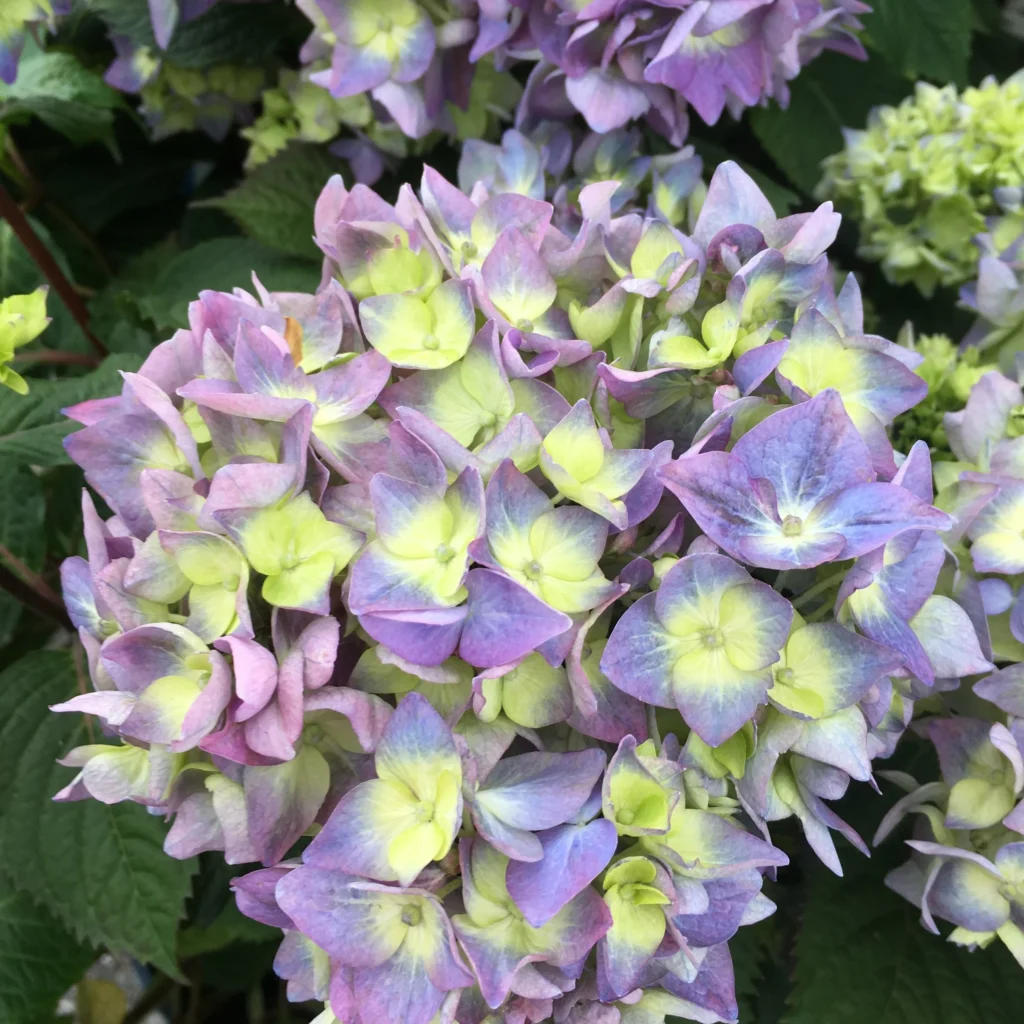
Color season: Late spring through fall
Hardiness zones: 3–9
Few shrubs command attention like Hydrangeas. With their big, cloud-like blooms in shades of blue, pink, purple, and white, they bring instant charm and romance to gardens.
The best part? Modern varieties like Endless Summer and Pinky Winky offer repeat blooming, extending color from late spring well into autumn.
Why it’s perfect for year-round color:
- Flowers last for months and even dry beautifully for winter décor.
- Sturdy stems and full foliage add structure through all seasons.
Care tips:
- Hydrangeas thrive in morning sun and afternoon shade.
- Water consistently — they prefer evenly moist soil.
- Adjust bloom color by changing soil pH (acidic for blue, alkaline for pink).
Winter interest: Even when blooms fade, dried hydrangea heads catch frost beautifully, adding texture and charm.
3. Azalea — The Spring Superstar
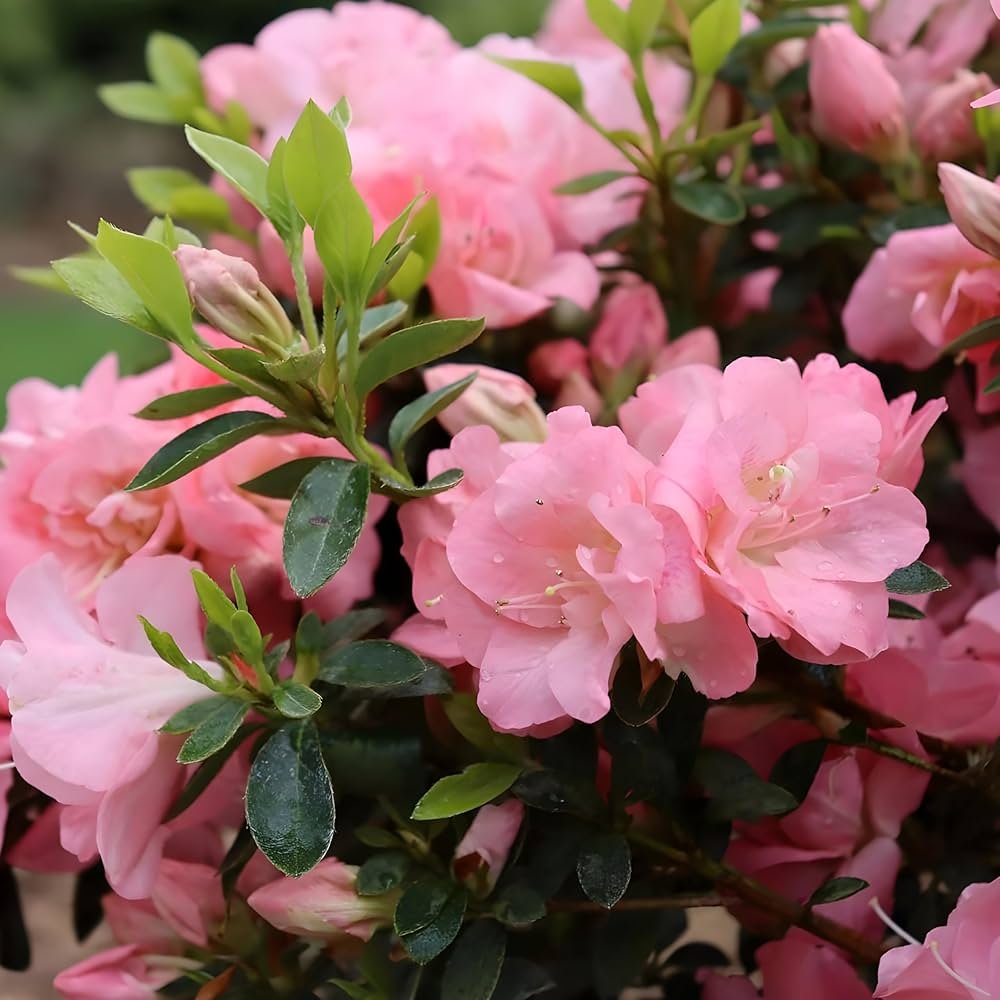
Color season: Early to late spring
Hardiness zones: 5–9
A Southern garden favorite, Azaleas burst into life in spring with masses of vibrant blooms in pink, red, orange, purple, and white. Some evergreen varieties, like Encore Azaleas, even rebloom in fall, offering color beyond the usual season.
Why it’s perfect for year-round color:
- Evergreen types hold their leaves all winter.
- Re-blooming varieties provide color twice a year.
Care tips:
- Plant in dappled sunlight or beneath taller trees.
- Use acidic, well-drained soil rich in organic matter.
- Mulch around the base to keep roots cool and moist.
Pro Tip: Avoid heavy pruning — trim right after blooming to prevent cutting off next year’s buds.
Garden style match: Azaleas look beautiful in woodland gardens, shaded borders, or alongside camellias for overlapping color seasons.
4. Forsythia — The Harbinger of Spring
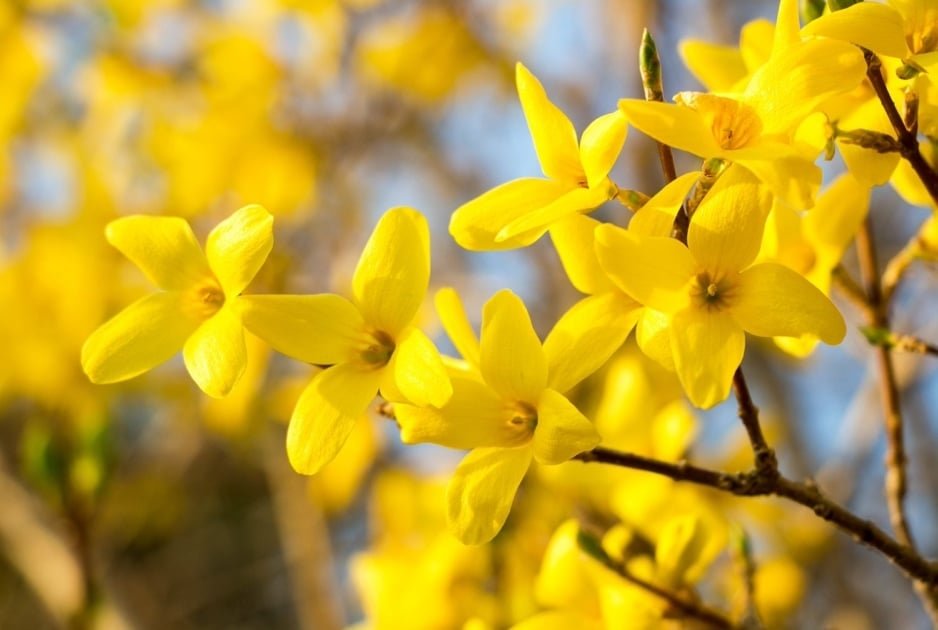
Color season: Late winter to early spring
Hardiness zones: 4–9
Few sights are as uplifting as the golden explosion of Forsythia after a long winter. These bright yellow blooms appear before the leaves, signaling that spring has finally arrived.
Forsythia’s arching branches create a fountain-like display, perfect for hedges, borders, or as a focal shrub in the yard.
Why it’s perfect for year-round color:
- Early blooms brighten up the dull, post-winter garden.
- Deep green summer foliage and fall yellow tones extend interest.
Care tips:
- Plant in full sun for maximum flowering.
- Prune right after flowering — it blooms on old wood.
- Keep soil moderately moist but well-drained.
Pro Tip: Use Forsythia as a backdrop for tulips and daffodils for a coordinated early-spring display.
5. Rose of Sharon (Hibiscus syriacus) — The Late-Summer Hero
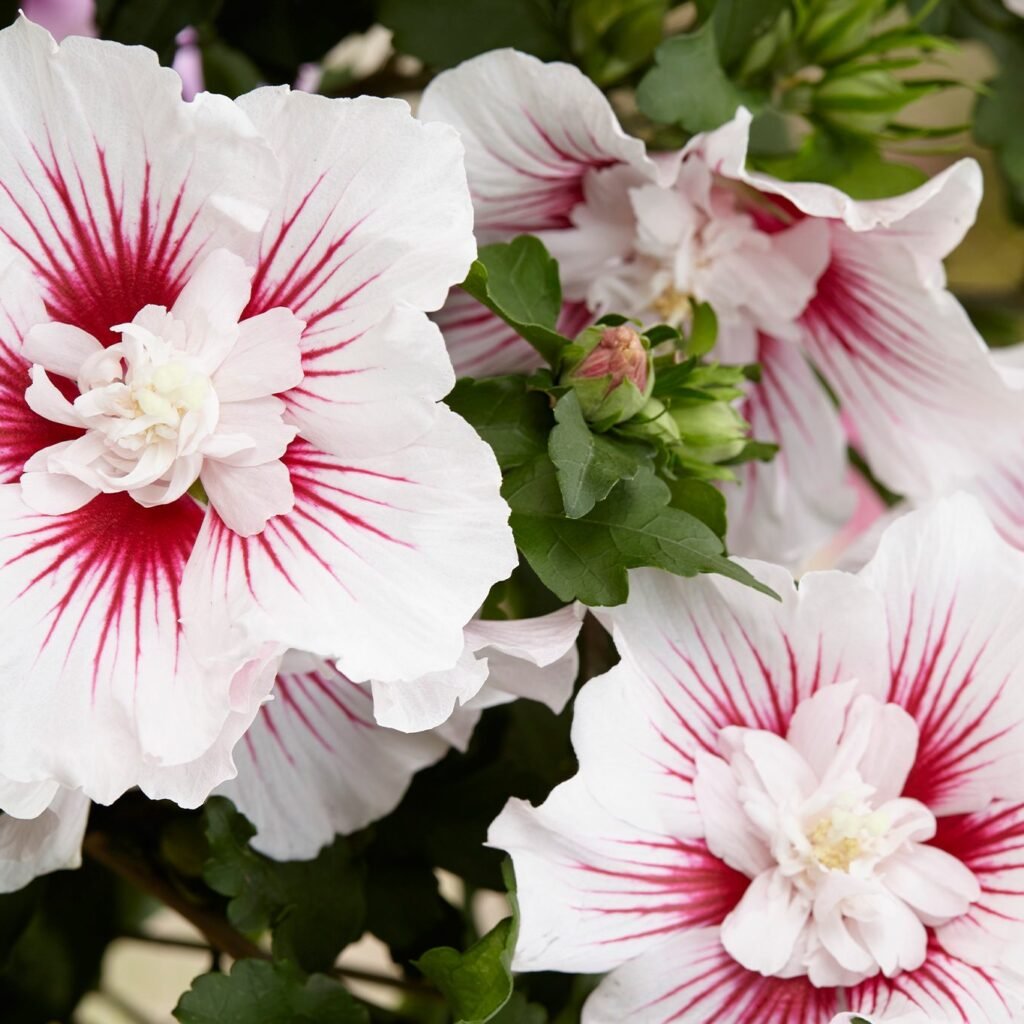
Color season: Mid-summer through early fall
Hardiness zones: 5–9
When other shrubs begin to fade in the heat, Rose of Sharon bursts into life with tropical-looking blooms in shades of lavender, pink, red, and white.
This hardy hibiscus cousin thrives even in hot, dry summers and adds a lush, exotic flair to any landscape.
Why it’s perfect for year-round color:
- Long blooming period — from July to October.
- Attractive seed pods add winter texture.
- Keeps its structure even after leaves fall.
Care tips:
- Prefers full sun and well-drained soil.
- Prune in late winter or early spring to shape and encourage new blooms.
- Water regularly during dry spells, but avoid soggy soil.
Pro Tip: Pair with ornamental grasses or butterfly bushes for a dazzling late-summer color palette.
6. Abelia — The All-Season Performer
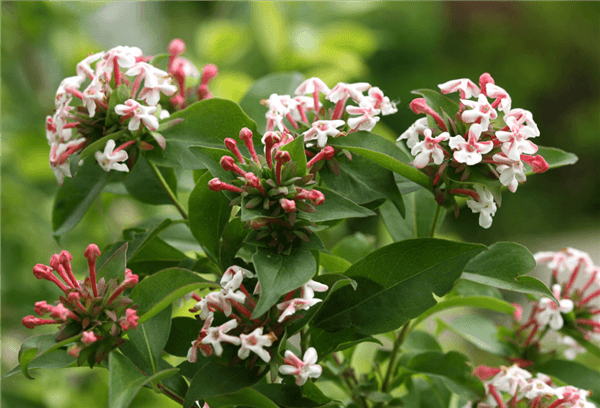
Color season: Spring through fall
Hardiness zones: 6–9
If you want a shrub that works hard all year, Abelia is your answer. This semi-evergreen beauty offers delicate, fragrant, bell-shaped flowers from late spring through autumn, along with glossy leaves that often turn bronze or purple in winter.
Modern cultivars like Kaleidoscope Abelia even feature variegated foliage, creating an ever-changing tapestry of color from season to season.
Why it’s perfect for year-round color:
- Continuous blooms for months.
- Foliage color shifts beautifully with the seasons.
- Compact habit makes it perfect for borders and small gardens.
Care tips:
- Plant in full sun to partial shade.
- Tolerates drought once established.
- Lightly prune in late winter to maintain shape.
Pro Tip: Abelia attracts bees, butterflies, and hummingbirds, making it a pollinator paradise.
Bonus Tips for Year-Round Color
To keep your garden vibrant every month of the year, try these design and maintenance strategies:
- Mix bloom times: Combine early bloomers like Forsythia with summer stars like Hydrangeas and fall performers like Abelia.
- Add evergreens: Even non-flowering evergreens provide structure and color in winter.
- Layer heights and textures: Taller shrubs at the back, medium-sized in the middle, and compact varieties in front create visual depth.
- Feed and mulch regularly: Balanced fertilizer and organic mulch keep shrubs healthy and blooming.
- Deadhead and prune correctly: Removing spent flowers encourages reblooming and tidier growth.
Final Thoughts: A Garden That Never Sleeps
A truly beautiful garden doesn’t rely on just one season — it evolves, delights, and surprises you all year long. By choosing these six flowering shrubs, you’ll enjoy an ever-changing display of color, texture, and fragrance — from the golden promise of Forsythia in early spring to the graceful blooms of Camellia in winter.
Each of these shrubs brings its own rhythm to your landscape, ensuring your garden is never without life or color.
So grab your gloves, plan your planting spots, and start building your year-round floral masterpiece — one shrub at a time.
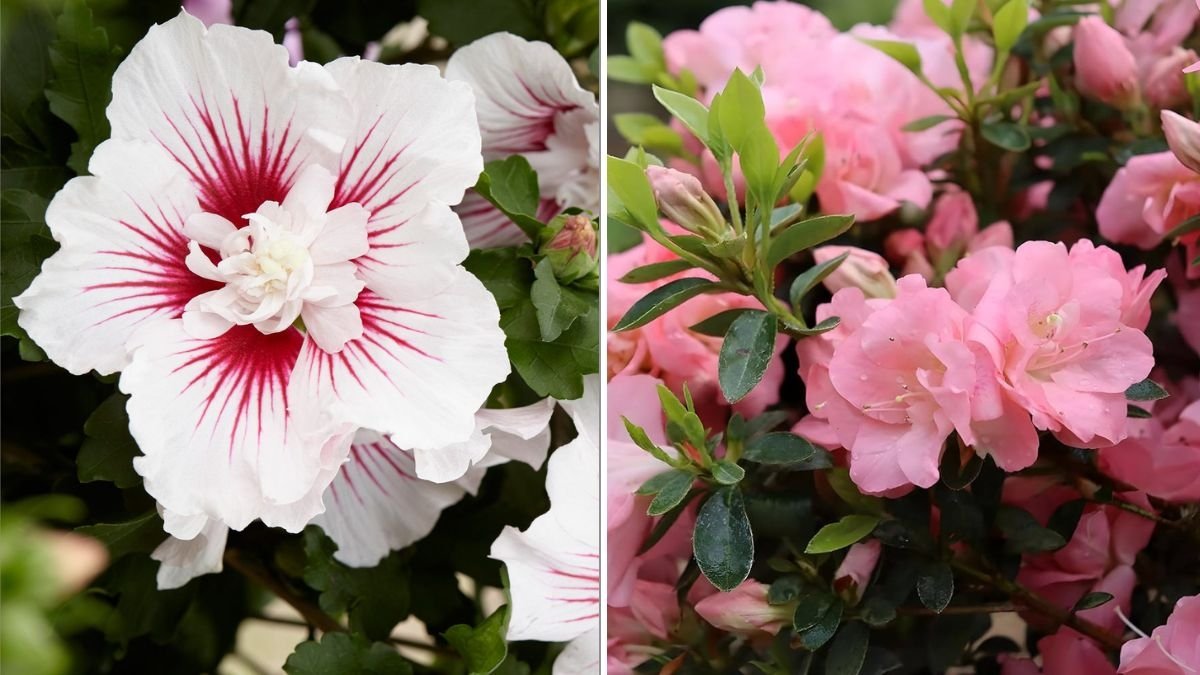

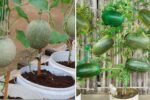


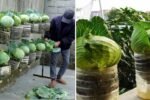
Leave A Comment